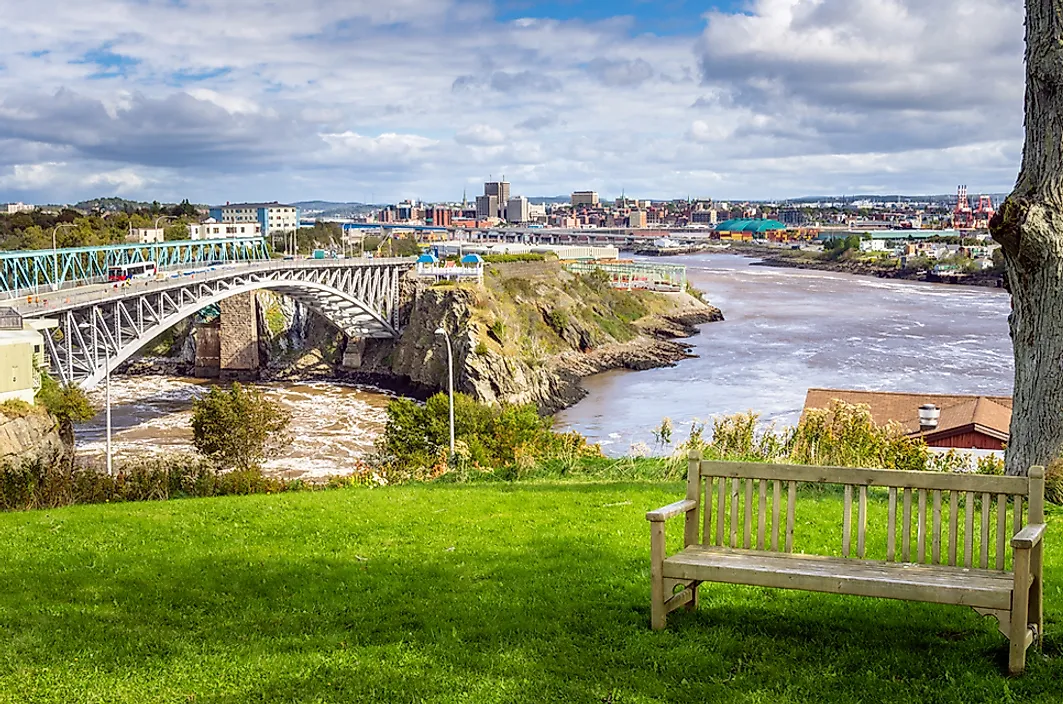
What Is Unique About New Brunswick's Reversing Falls? WorldAtlas
See Sight JetBoats is keeping one of Saint John's most popular activities alive. Come see the tidal impact for yourself! Every day 100 billion tons of water enter the Bay, rising the tides as much as 9 meters (28 ft) and forcing the Saint John River to flow in reverse. In the same area, underwater ledges or 'falls' as high as 60 meters.

Ken Jennings Quotes TLC, Finds HardtoChase Waterfall Condé Nast Traveler
During high tide, the bay's massive volume of water rushes into the gorge, creating a powerful upstream surge that seemingly "reverses" the flow of the river. Conversely, during low tide, the river's waters gain the upper hand, creating a dramatic downstream flow. This incredible tug-of-war between river and tide gives the Reversing Falls its.
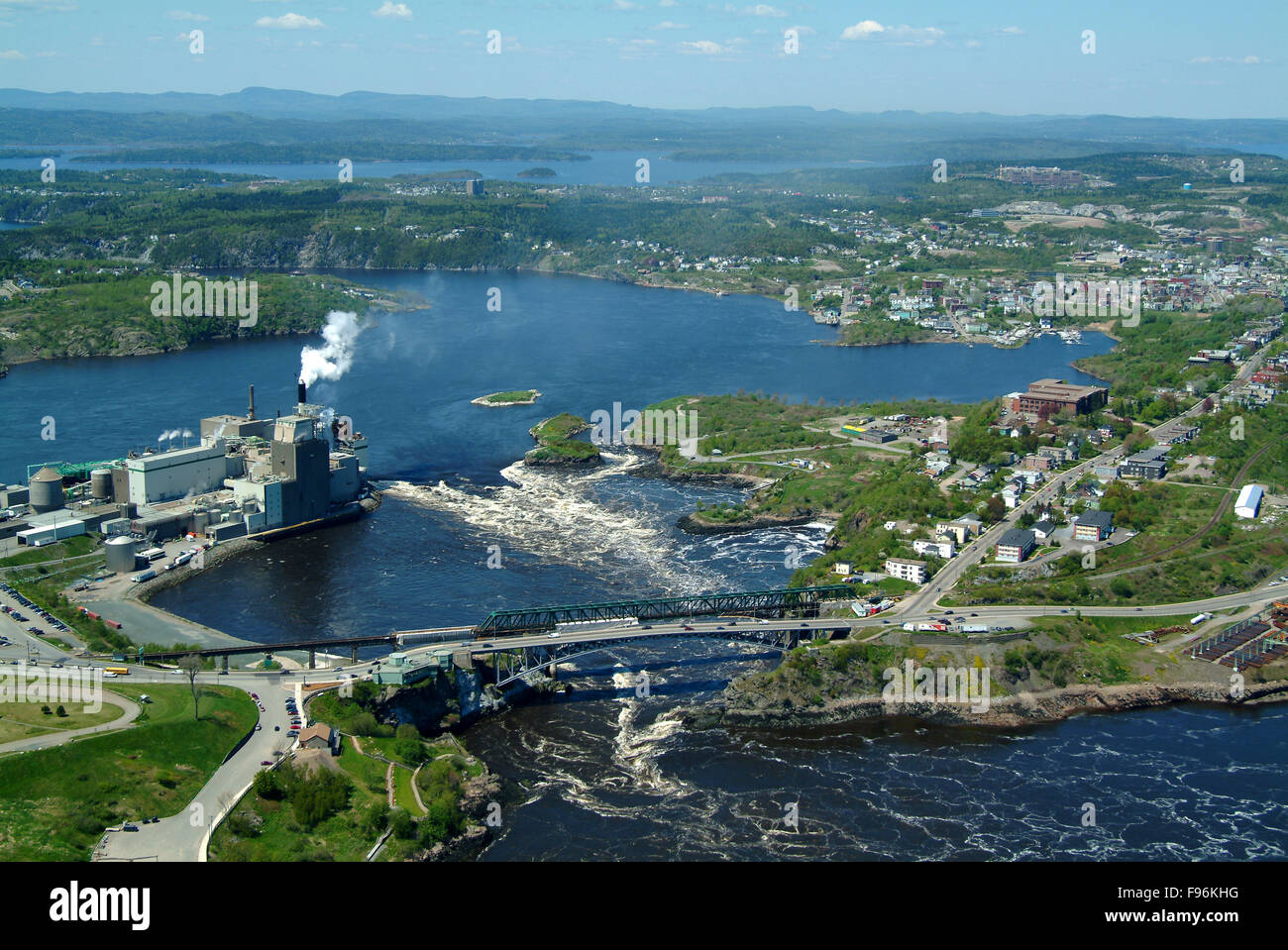
Reversing Falls, Saint John, New Brunswick Stock Photo Alamy
Get Reversing Falls, Saint John County tide times, tide tables, high tide and low tide heights, weather forecasts and surf reports for the week.. Tide table for Reversing Falls this week; Day Tide times for Reversing Falls; 1st Tide 2nd Tide 3rd Tide 4th Tide; Tue 23: 12:08am

Reversing Falls, Saint John NB YouTube
The Reversing Falls is a narrow part of the river that is impacted by the extreme tides in the Bay of Fundy. Twice a day the tide comes in high enough to push water up river into the St. John River basin.. If you are coming into Saint John from the Sussex direction, take exit 123 and at the lights continue straight on Paradise Row. After a.
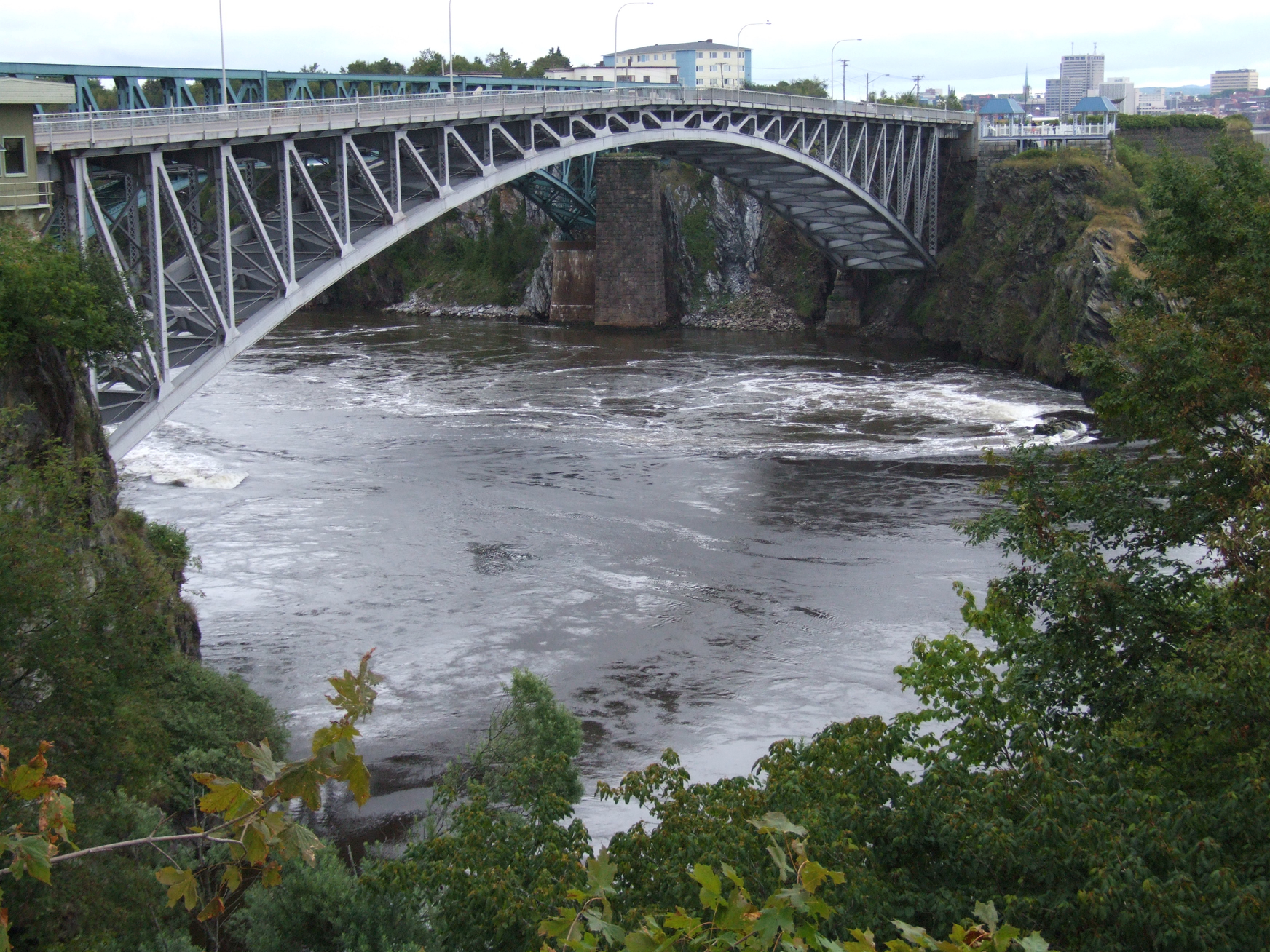
Reversing Falls, Saint John, New Brunswick August 9, 2014
314. Reversing Falls Doug Kerr (Creative Commons) Situated on the Bay of Fundy, the Reversing Falls of Saint John are subject to the immense changes in the remarkably powerful local tides which.

Reversing Falls, Saint John, NB ODT "The tide is turning" … Flickr
Monday 22 April 2024, 10:24PM ADT (GMT -0300).The tide is currently rising in Reversing Falls. As you can see on the tide chart, the highest tide of 7.4m was at 11:52am and the lowest tide of 1.4m was at 5:45am.

Reversing Falls in Saint John, New Brunswick Kidfriendly Attractions Trekaroo
Saint John is the only city on the Bay of Fundy, where the tides rise and fall by 8.5 metres (28.5 feet) twice daily. Watch the Saint John River collide with the Bay of Fundy's monstrous tides creating the Reversing Falls Rapids at various lookouts, including Wolastoq and Fallsview Park. At low tide, the full force of the Saint John River rolls.

REVERSING FALLS in SAINT JOHN DJI PHANTOM 4 YouTube
Next HIGH TIDE in Saint John is at 1:17AM. which is in 7hr 36min 09s from now. Next LOW TIDE in Saint John is at 7:12PM. which is in 1hr 31min 09s from now. The tide is falling. Local time: 5:40:50 PM. Tide chart for Saint John Showing low and high tide times for the next 30 days at Saint John. Tide Times are ADT (UTC -3.0hrs).

Saint John Reversing Falls The Reversing Falls are a ser… Flickr
At the Reversing Falls, the high flow levels from the Saint John River meet the world's highest tides in the Bay of Fundy leading to a series of rapids that reverse direction as the tides rise and fall. Below the Reversing Falls is Saint John Harbour, New Brunswick's largest port. Due to the heavy sedimentation rates in the port, dredging.
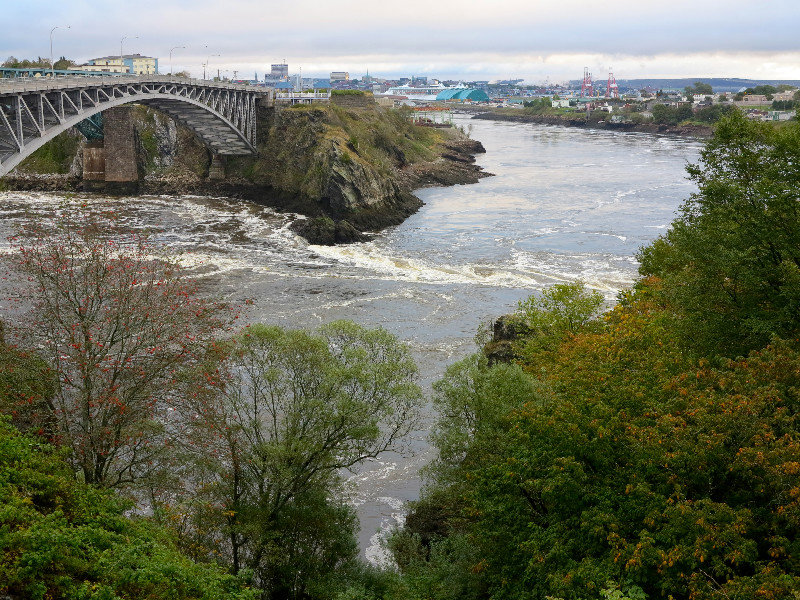
Reversing Falls, Saint John, NB Photo
Click left / right to see the tide chart of the next day or play an animation of moon phase and tide changes to get a quick overview. Whether you love to surf, dive, go fishing or simply enjoy walking on beautiful ocean beaches, Tide Table Chart will show you the tide predictions for Reversing Falls and give the precise time of Sunrise, Sunset, Moonrise and Moonset.

SKYWALK SAINT JOHN is the rooftop attraction at the REVERSING FALLS RAPIDS in New Brunswick
Reversing Falls Rapids. If you time it just right, you can watch the Bay of Fundy's giant high tide reverse the flow of the mighty Saint John River. Visit Reversing Falls Rapids. 200 Bridge Rd.Saint JohnNBE2M 7W9Canada. Directions. Strong enough to reverse a river. A healthy respect for nature is not only responsible, it's often practical.

My World in Pennsylvania and Beyond Reversing Falls Kayaking in St. John New Brunswick
As tides rise they slow the river current for a brief period called slack tide. The Bay's tides continue to rise, gradually reversing the flow of the river; rapids form again, peaking at high tide. A 8.5-metre (28-foot) tide cycle is roughly 12.5 hours. A unique phenomenon created by the collision of the Bay of Fundy and the Saint John River.
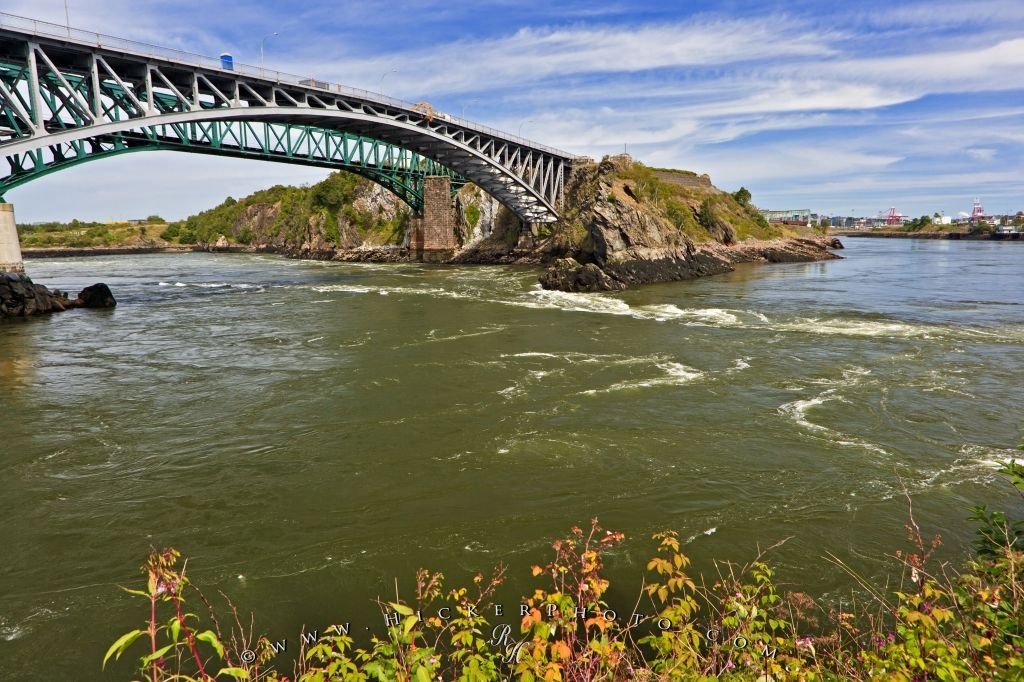
Reversing Falls Saint John New Brunswick Photo, Information
Reversing Falls - 00066 is a station that monitors the tides and currents in the Saint John River, where the water flow changes direction depending on the tide level. Learn more about this unique phenomenon and how it affects the navigation and wildlife in the area.
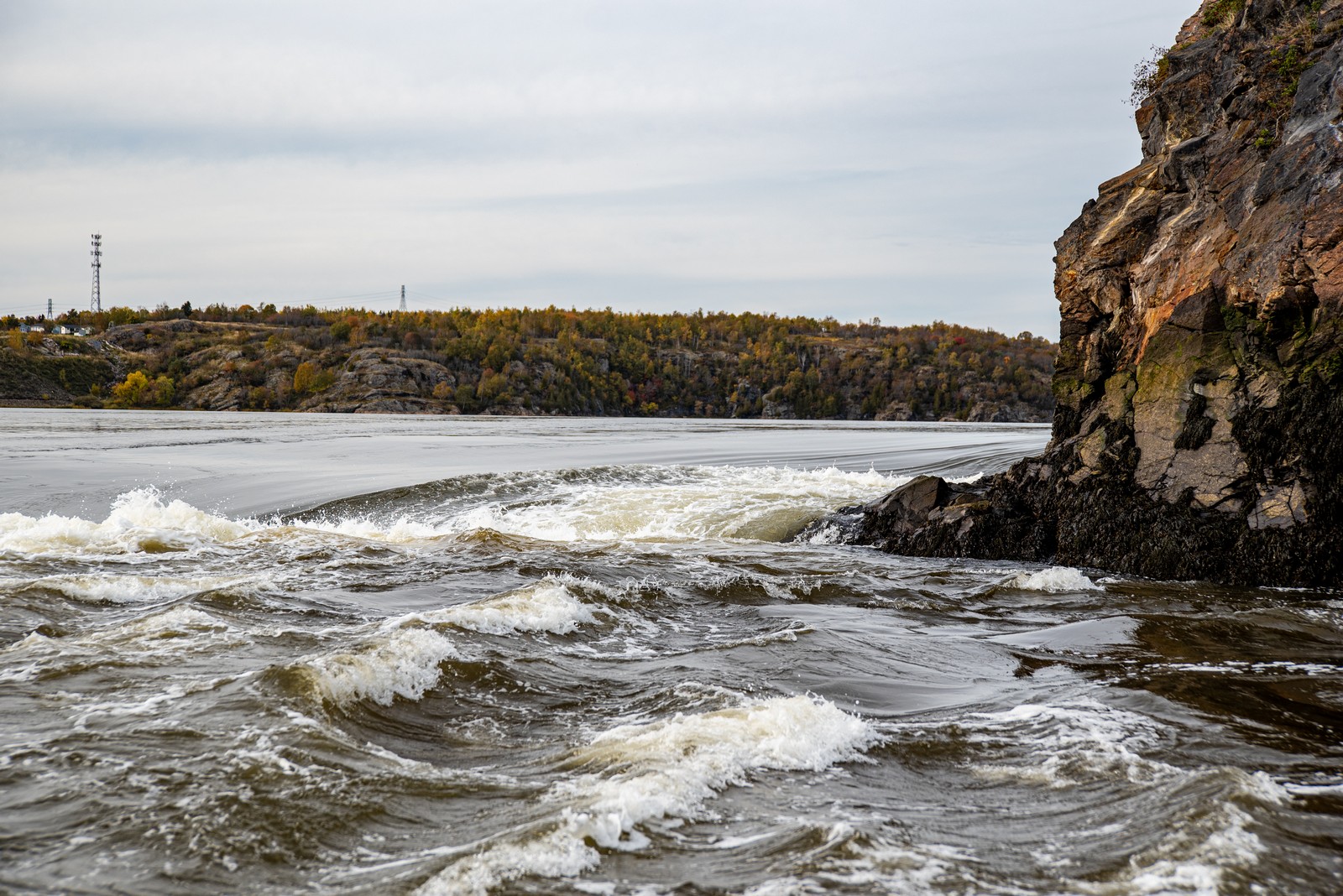
Saint John Reversing Falls Rapids Thrill Ride Jetboat See Sight Tours Reservations
The Reversing Rapids occur where the Saint John River meets the Bay of Fundy, which has the world's highest tides. Twice each day, the tide rises 28 feet and forces the Saint John River to reverse it's direction. It's the only place in the world where this happens. One of the first things that I noticed about traveling in Canada was the.

Reversing Falls Saint John, New Brunswick, Canada DJI Mavic Pro YouTube
January 25, 2011. Reversing Rapids (aka Reversing Falls) The Reversing Rapids, formerly referred to as the Reversing Falls, are a series of whirlpools, waves and white water rapids that are created as the high tides of the Bay of Fundy - the highest in the world - collide with the Saint John River in a rocky gorge in Saint John, New Brunswick.

Why Saint John is a Must Stop On Your New Brunswick Coastal Road Trip East Coast Mermaid
Fallsview Park is one of the best locations to view the Reversing Falls Rapids, a daily phenomenon created by the collision of the Bay of Fundy tide and the Saint John River.Get a bird's eye view of the river's turmoil at the lookouts provided. Observe the rock formations, left uncovered during low tide, displaying three continental plates, Africa, North America, and South America.








